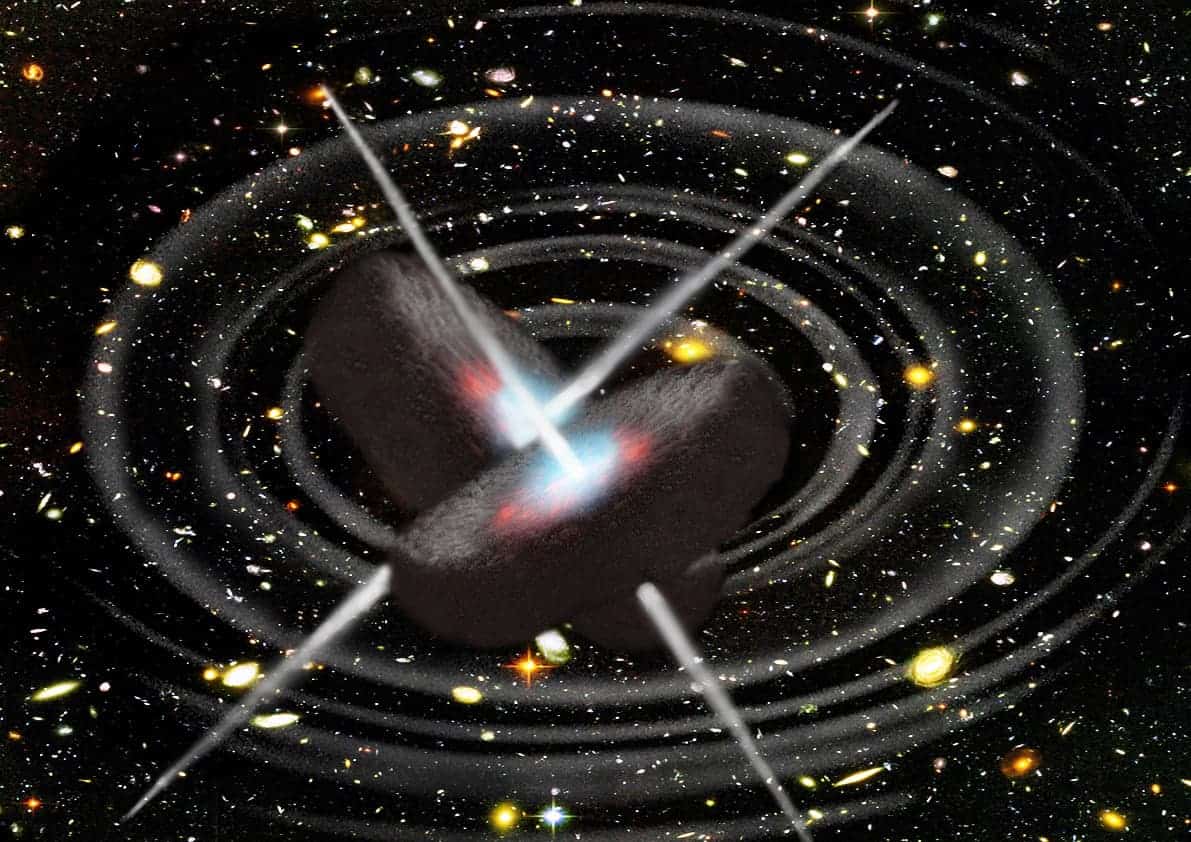“Until now, we scientists have only seen warped space-time when it’s calm. It’s as though we had only seen the ocean’s surface on a calm day but had never seen it roiled in a storm, with crashing waves.” – Dr. Kip Thorne, on the discovery of gravitational waves
Mister Albert Einstein created yet another splash.
Einstein produced some incredibly important work during his lifetime; none more so than the Theory of Relativity. Most of the predictions derived from Einstein’s theory materialized in the years following his death. One that hadn’t, until recently, was Einstein’s prediction that gravitational waves – ripples in the curvature of space-time – exist in the universe.
For those of us without a PhD in astrophysics, this story may invoke minimum interest. Here’s just one reason (among many) why this discovery is not only profound, but fascinating – the intimate knowledge and discovery of space was limited in Einstein’s life. The fact that Einstein was able to conceptualize and prove complex theories relating to the physical nature of space is extraordinary.
Consider that we’ve discovered more about the nature of the universe in the last three decades than in all of the previous years combined.
The simplest way to explain Einstein’s view of the Universe is that he believed it to be interwoven with time and able to expand, contract and wobble. He pictured a dynamic and “moldable” Universe as opposed to a static, fixed entity – the prevailing school of thought at the time.
It’s impossible to explain the level of genius and creativity (not to mention, relentless work) that must’ve been required of Einstein to simply imagine this possibility, much less prove.
It’s quite difficult to resist droning on about Einstein’s incredible foresight, especially since scientists have been laboring away in the lab for over a century after the physicist first put pen to paper with his Theory of Relativity, even more so when considering that the premonition of gravitational waves effectually tapped into the deepest and darkest realms of space-time in a period when few resources were available to support such far-sighted claims.
But the writer digresses.
“What happened?”
Einstein Was Right: Scientists Discover Gravitational Waves
An appropriate question at this point. Well, a team of scientists announced that they’d recorded the sound heard of two black holes colliding over 1 billion light-years away. Despite the distance of the collision, the magnitude of its effect allowed the scientists to observe.
The distant sound observed is one of the first evidences of Einstein’s final supposition in his Theory of Relativity: the presence of gravitational waves. In addition, this discovery also provides credence to the nature of black holes, specifically that they’re bottomless, gravitational pits in which even light can’t escape. Dr. Deirdre Shoemaker, a physicist at the Georgia Institute of Technology, explains:
“There’s been a lot of indirect evidence for their existence. But this is the first time we actually detect two black holes merging and we know the only thing that predicts that is gravitational radiation, which comes from a black hole merging.”
Shoemaker is referring specifically to the collision and merging of two black holes that created the gravitational waves. One black hole had the mass of 29 suns, while the other was the equivalent of 36 suns. LIGO (The Laser Interferometer Gravitational-Wave Observatory) estimates that this event took place approximately 1.3 billion years ago.
Perhaps most significantly, scientists and other great minds can use this discovery as a baseline measurement for future research. This uncovering of gravitational waves offers a previously undetected baseline to find new breakthroughs in space. It’s difficult to overestimate the importance of such a foundational element of Einstein’s relativity theory.
Here’s what David Reitze, executive director of LIGO, said: “What’s really exciting is what comes next. I think we’re opening a window to the universe – a window of gravitational wave astronomy.”
Dr. Shoemaker concurs: “Imagine having never been able to hear before and all you can do now is see. Now we can listen to the universe where we were deaf before. It’s a different spectrum. It’s unlike anything we’ve ever detected before.”
Truthfully, this discovery is a cause for celebration. Not only for the scientists that made it, but once again as affirmation that our universe is a living, evolving entity; one that invites passionate inquiry and reminds us of our connectedness with its very being. It also serves as a reminder of our immense potential to deepen our very relationship with the universe around us.
Ironically, the only resistance encountered stems from Einstein’s precision in depicting the nature of the universe.
Dr. Szabolcs Marka, professor at Columbia University and leader of LIGO, explains: “A physicist is always looking for a flaw in a theory. And the only way to find a flaw is to test it. Einstein’s theory did not present any flaws to us yet, and that is really scary. Physicists are very skeptical of flawless theories because then we have nothing to do.”
In conclusion, Einstein once again made us chuckle. Not only at his revelatory brilliance, but the commonalities the man himself has with the universe he worked tirelessly to discover. The universe’s nature is indeed a replica of Einstein’s own: wildly enigmatic and leaving much to the imagination.

















